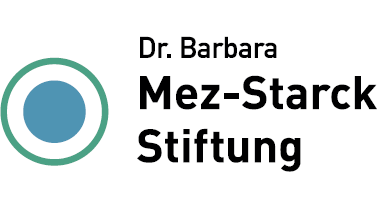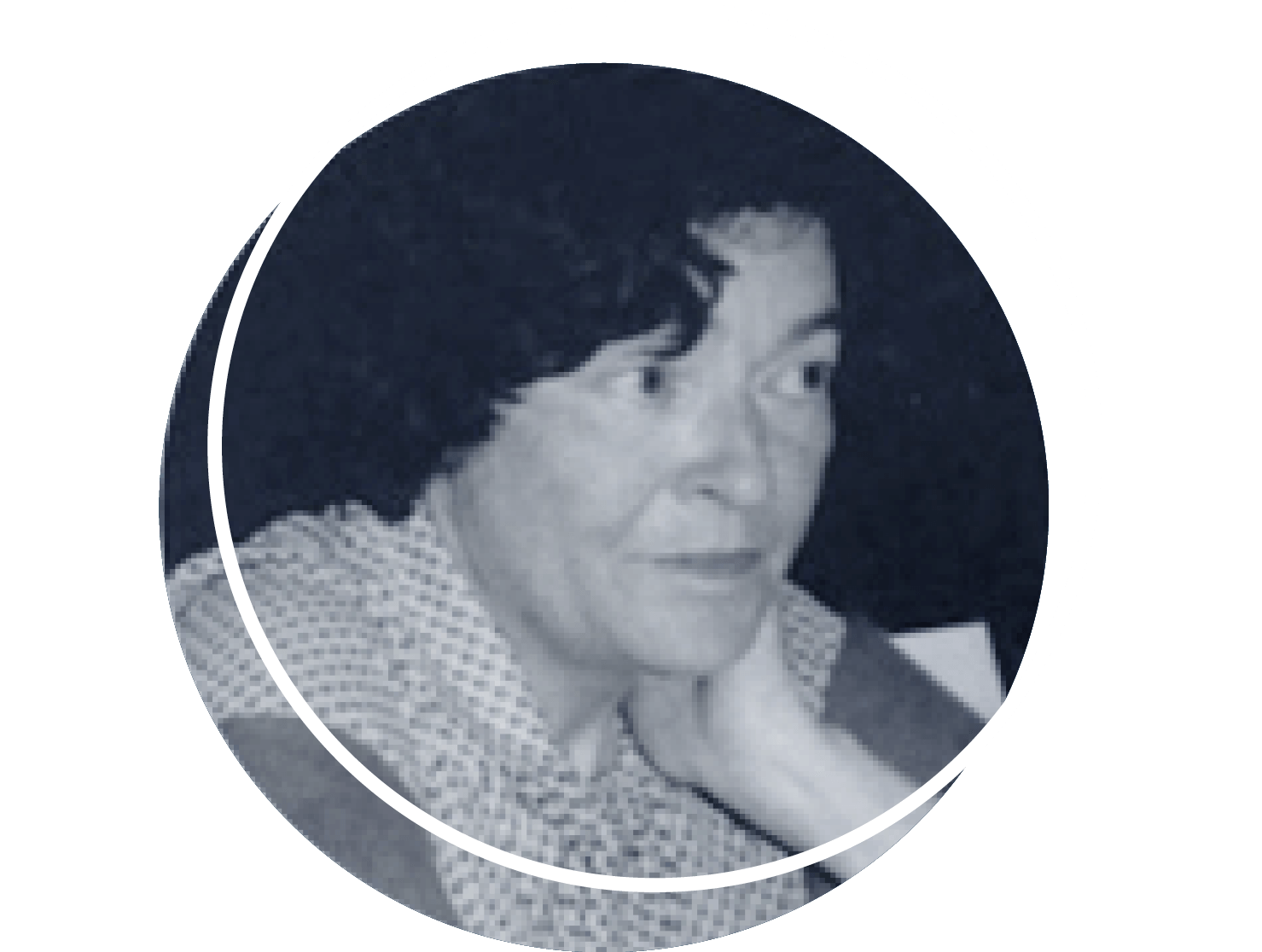The Founder
Dr. BARBARA MEZ-STARCK
In 1998 Barbara Mez-Starck established the foundation, which she lead until her death in 2001. The foundation mainly supports at the Universität Ulm the Section for Chemical Information Systems (formerly Sektion Spektren- und Strukturdokumentation), which she headed until her official retirement. Inofficially she continued to contribute until her death.
Now her life’s work, the development of a modern information system for structural chemistry and molecular physics of small molecules, is continued by this section.
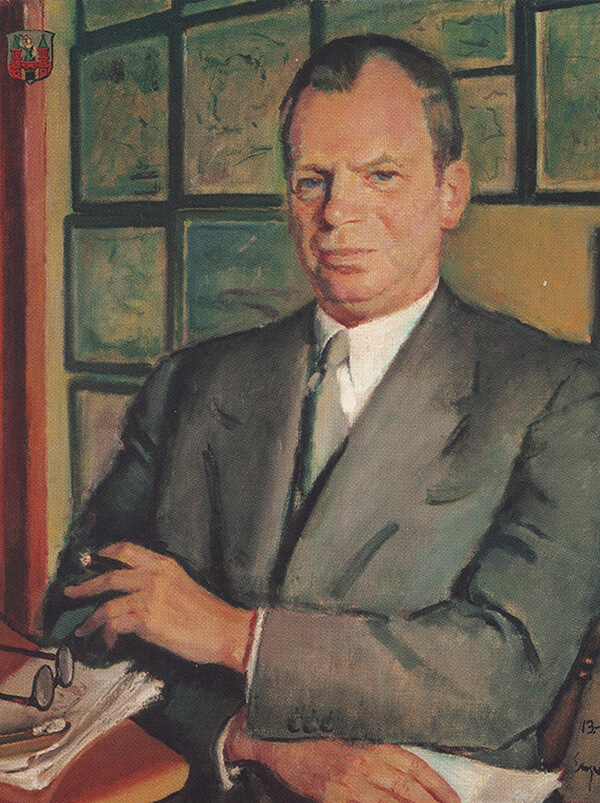
HER FAMILY
Barbara Mez-Starck was born in a wealthy family of industrialists. Her father, Hermann C. Starck, was an influential chemical manufacturer, who founded his metal processing company in 1920, and soon had branch factories at home and abroad.
To Hermann C. Starck's friends belonged not only the 1922 assassinated Foreign Minister Walther Rathenau but also painters like Eugen Spiro. He actively encouraged artists, writers and other culturally creative persons. During the Third Reich, he managed to keep his wife Klara, the daughter of Hungarian Jews, and his two children, Barbara and Gerhard, from attacks by the Nazi regime. He not only held his protecting hand over many of his company employees, but in the mid 1930s even employed workers, who had been persecuted by the Nazis.
In 1974, after Hermann C. Starck's death, a large part of the property was transferred to his two children Gerhard and Barbara. Gerhard C. Starck worked until his death in 2000 as a lawyer in Düsseldorf. His sole heir was his wife Renate Starck-Oberkoxholt who bequeathed the property to the Gerhard C. Starck-Foundation, which was founded by her.
Dr. Barbara Mez-Starck, who led the Section Spectra and Structure Documentation at the University of Ulm, and was married with Erwin James Mez since 1974, established her own foundation in 1998. After the death of the founder in 2001 and that of her husband in 2003, the foundation was the sole heir of the remaining assets.
HER YOUTH
On January 6, 1924, Barbara Starck was born in Berlin. Together with her younger brother, Gerhard, she spent a happy childhood in Potsdam, just a stone's throw away from the palace Schloss Cecillienhof.
The brother and sister were closely related for their whole life. The more pleasing her earliest youth was, the more terrible seemed the following years during the Third Reich.
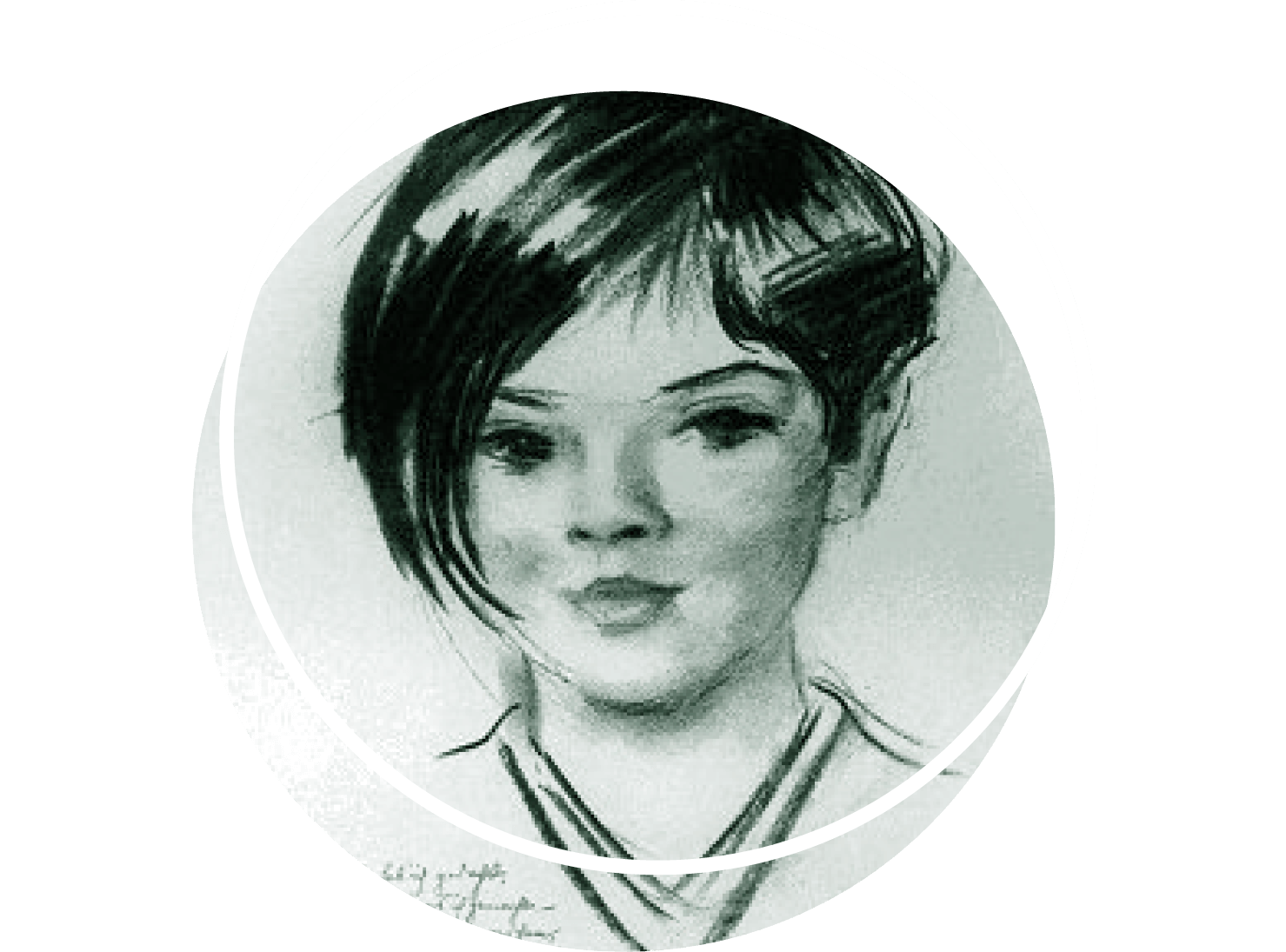
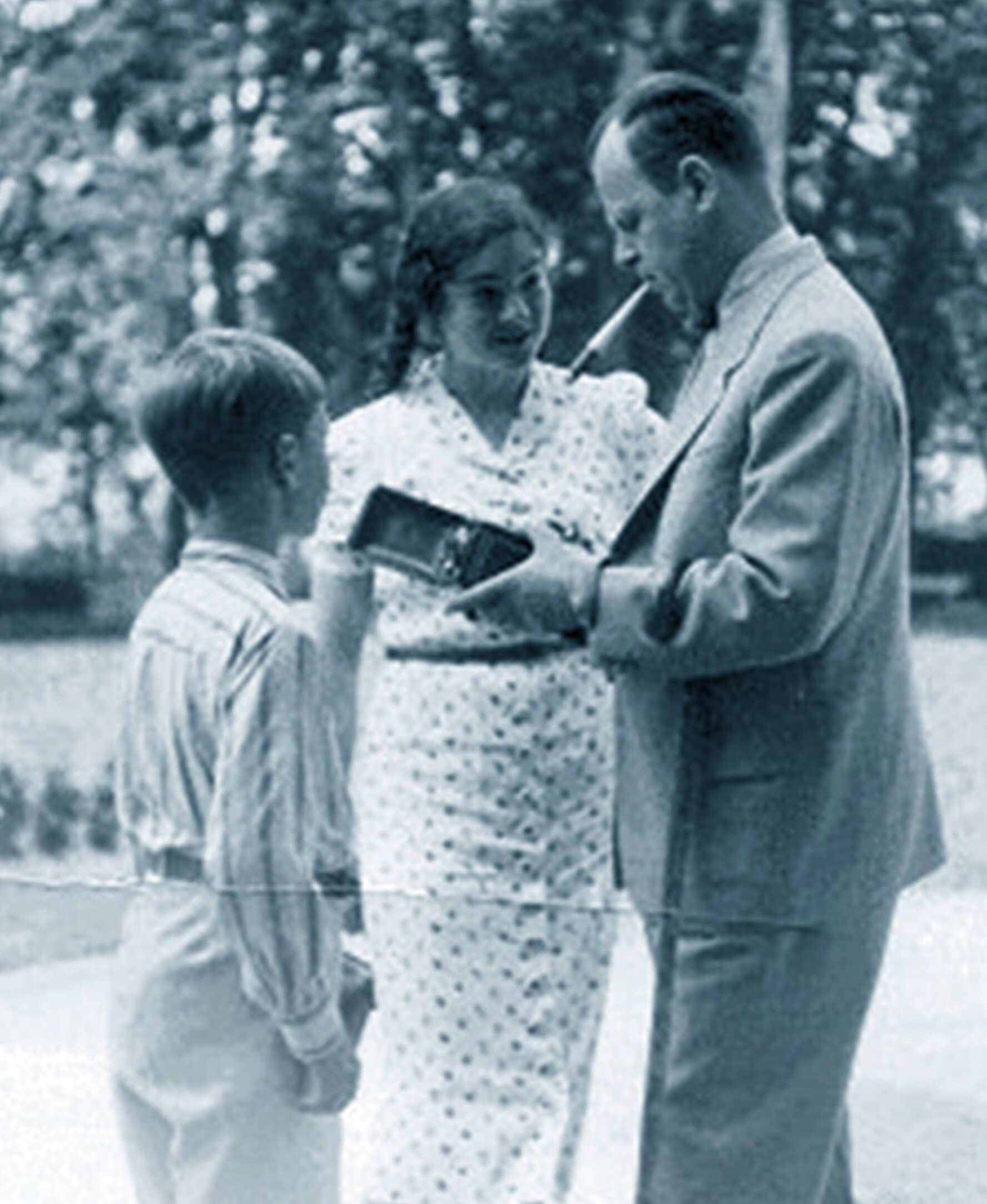
After her final exams in March 1942 she started to study chemistry at the University of Freiburg. After only one semester she had to give up university because of the Nazi race laws. Almost all her maternal relatives were killed in Auschwitz: only Barbara, her mother, her brother, and an uncle survived the Nazi regime. By the end of the war, Barbara Starck worked as a laboratory aid in a chemical plant in Goslar, where she conducted metal analyses.
HER EDUCATION
In 1946 Barbara Starck resumed her chemistry studies at the University of Göttingen. At that time many female students had to study under misogynistic conditions, a relic of the prevailing attitude of the Third Reich. Only a few women were able to compete at the universities, including Barbara Starck. After the intermediate examination (Vordiplom) in 1948, she moved to the University of Freiburg, where she prepared her diploma thesis in 1952 with professor Reinhard Mecke at the Department of Physical Chemistry.
In 1959 Barbara Starck finished her doctorate in the same institute on the subject "On the effect of substituents on the intensity of infrared absorption bands of vibrations of the phenylene nucleus of disubstituted benzene derivatives".
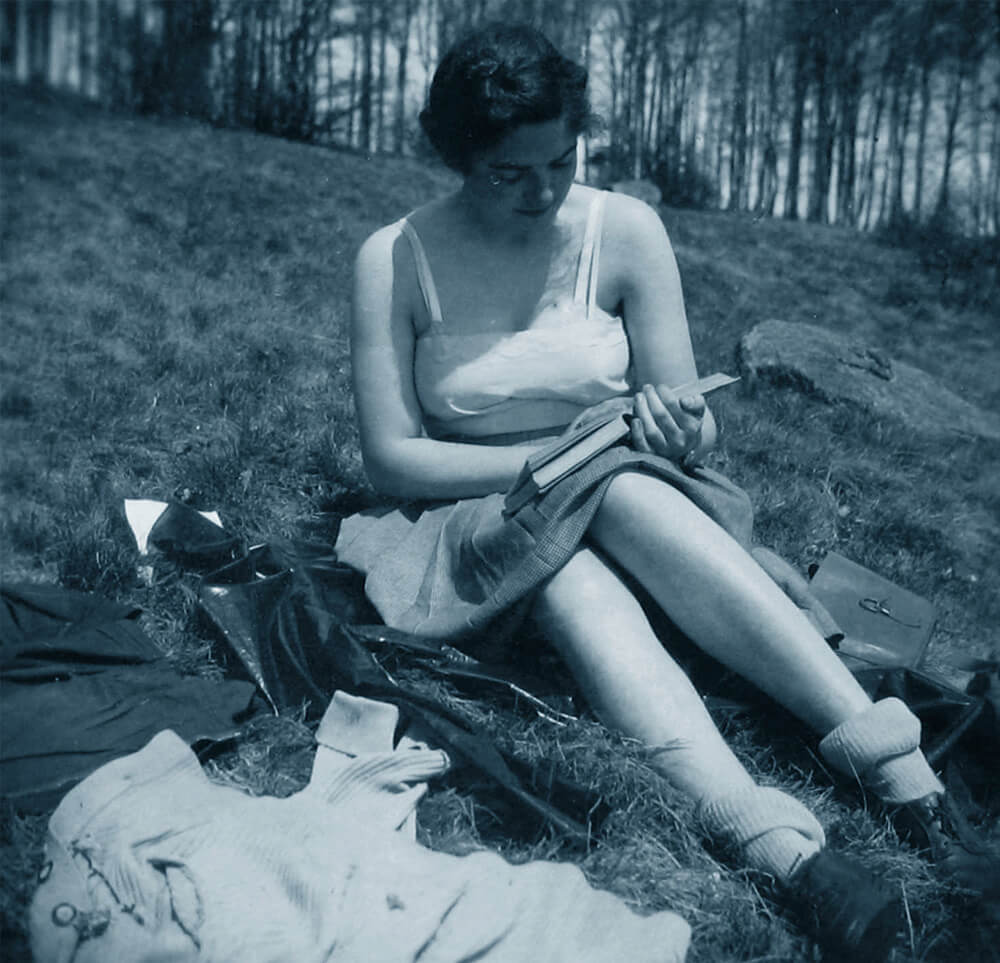
HER ACTIVITIES IN FREIBURG
After the doctorate in 1959 Dr. Barbara Starck joined Prof. Wilhelm Maier's research group as an assistant, first at the Institute of Physical Chemistry and then from 1962 at the Physics Institute of the University of Freiburg. Repeatedly Prof. Maier asked her to compile the most recent literature on microwave spectroscopy of selected substance classes for his lectures. Finally, Dr. Barbara Starck decided to collect the data systematically for all substance classes. Visitors of the University of Freiburg quickly took notice of this unique data collection and were so impressed that they asked for copies and updates of these compilations. This was the beginning of the microwave catalogue and thus the basis for the spectra and structure documentation. Dozens of spectroscopic work groups in the world still use this catalogue, which by many users is admiringly called "Starck-bibliography", and continue receiving annual updates.
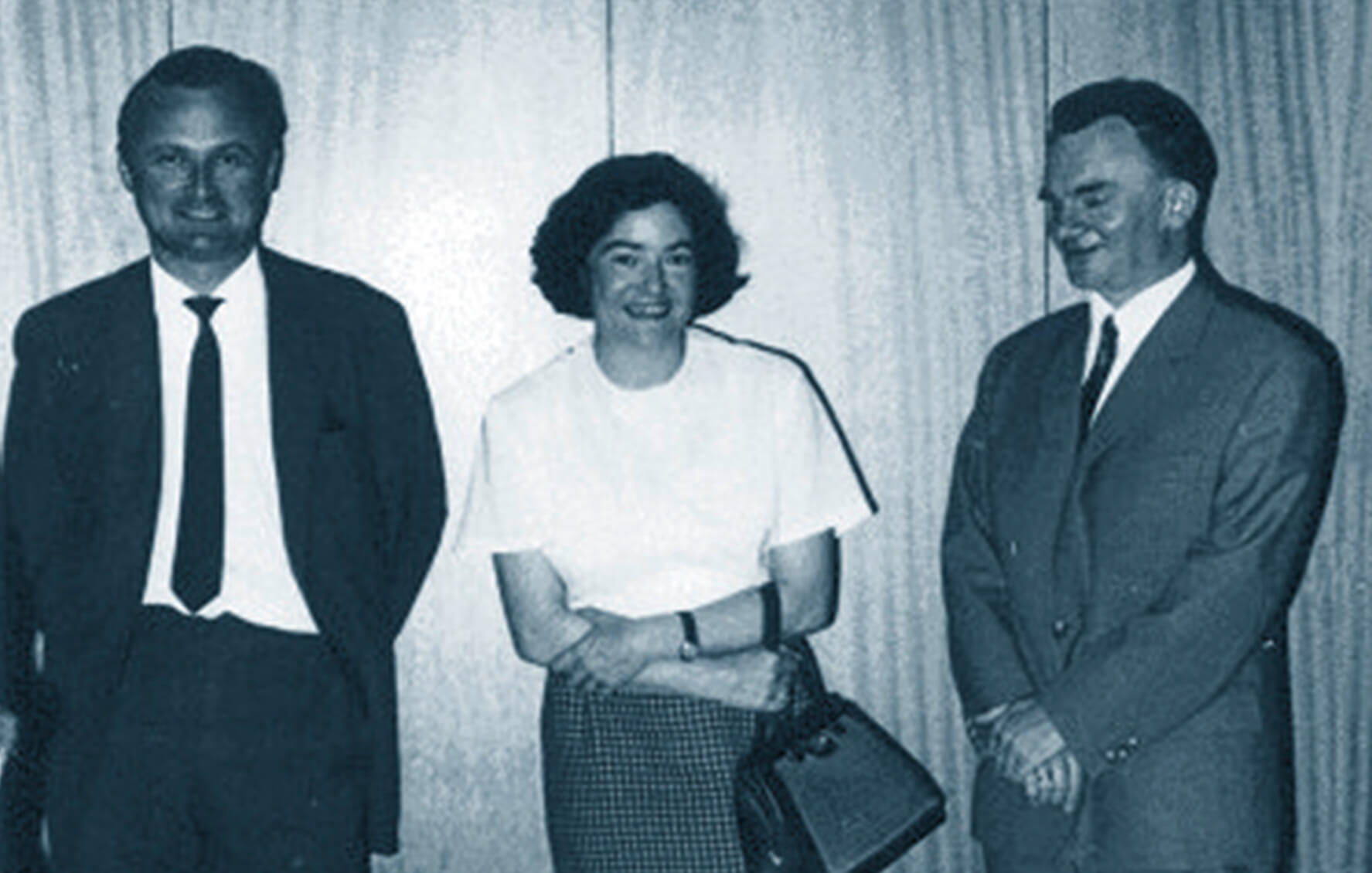
After Prof. Maier's sudden death in 1964 Dr. Barbara Starck stayed in the microwave spectroscopical group at the Physics Institute, which was now jointly led by Prof. Helmut Dreizler and Prof. Heinz-Dieter Rudolph.
Around this time, Dr. Barbara Starck was invited to write a book with a critically evaluated collection of microwave spectroscopical data for the Landolt-Börnstein Series. The first volume (LB II / 4) was printed in 1967. In 1974 a supplementary volume (LB II / 6) was published, which she had written together with other renowned coauthors. Two volumes of Landolt-Börnstein (LB II / 7 and LB II/15), in which the structures of free polyatomic molecules, determined by microwave spectroscopy or gas phase electron diffraction, were compiled, were written in close collaboration with Dr. Starck. Anyone who has taken part in this mammoth work knows how much energy and time is required. Rudolf Mutter, her long-time research assistant in Freiburg, and later in Ulm, reported that the lights were burning in her office until the early morning. Two volumes, LB II/19d3 and LB II/25A, were dedicated to Dr. Starck as the founder of this valuable and often used Landolt-Börnstein series.
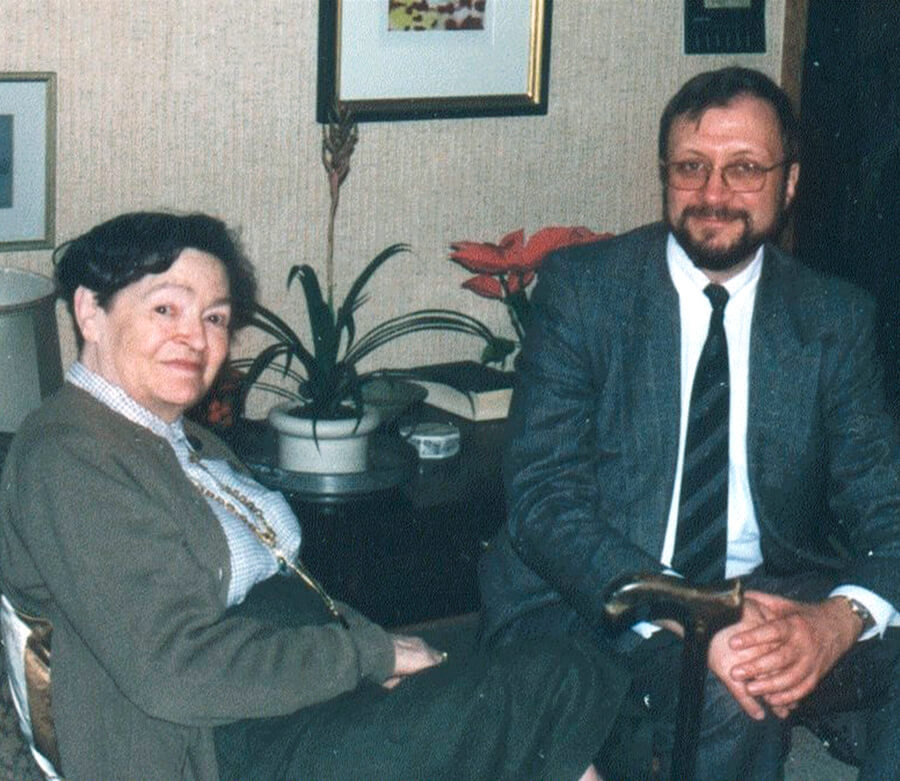
HER ACTIVITIES IN ULM
During the planning phase for the founding of the University of Ulm in the 1960s, Prof. Werner Zeil as a founding professor suggested the establishment of a "Section Spectra and Structure Documentation". 1969 Dr. Barbara Starck was appointed as head of this new facility.
Around this time, Dr. Barbara Starck began a close collaboration with the CODATA (Committee on Data for Science and Technology), a sub-organization of the UNESCO. Since the early 1970s, Dr. Starck's activities in the field of electronic scientific information were supported financially by the federal government through the "Central Agency for Nuclear Energy Documentation" in Karlsruhe. This federally owned documentation center was later renamed to "Fachinformationszentrum Physik" (Scientific Information Center for Physics).
During the development of the electronic database MOGADOC (Molecular Gasphase Documentation) Dr. Starck suffered a stroke, from which she could not fully recover. Officially, she retired in 1987, but continued to help on a voluntary basis with the updates to the microwave catalogue and the MOGADOC Database. Despite lung cancer, she evaluated the latest literature for the microwave catalogue and the database until a few days before her death. On 25 May 2001 she died at her home in Freiburg.
She left behind her husband Erwin James Mez, to whom she was married since 1974; he died almost two years later. In 1998, Dr. Barbara Mez-Starck had created a foundation that will preserve and develop her life's work in the field of electronic scientific information. The childless couple made the foundation the sole heir.
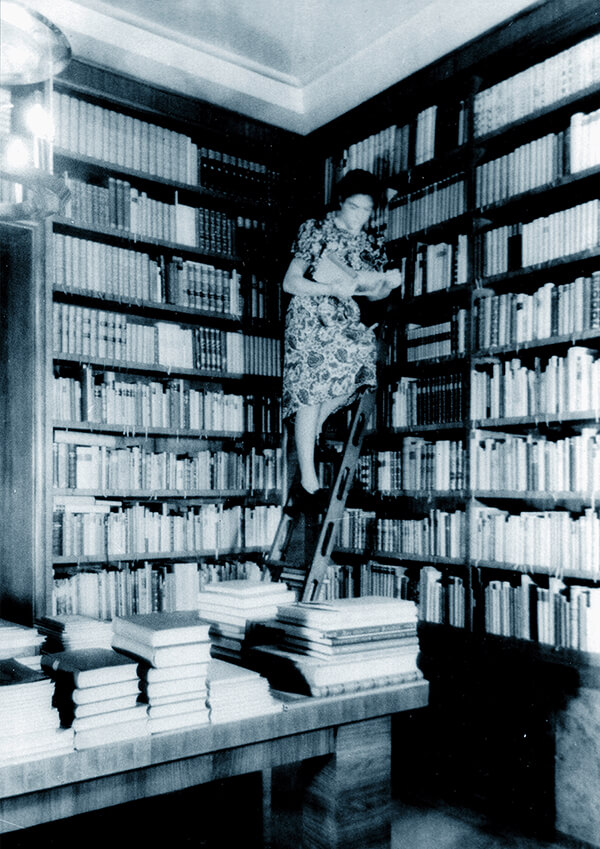
LITERATURE
Further reading:
J. Vogt and N. Vogt: Ein Leben für die wissenschaftliche Fachinformation. Gestorben: Dr. Barbara Mez-Starck. Uni Ulm intern 31 (2001) 27-28.
J. Vogt and N. Vogt: Barbara Mez-Starck (1924-2001), Structural Chemistry 14(2) (2003) 133-135.
W. Hüttner and K. Kuchitsu: Barbara Mez-Starck - A Lifetime of Devotion to Scientific Documentation, Structural Chemistry 14(2) (2003) 135-136.
M. Kamp und F. Neumann: Barbara Mez-Starck – A Lifetime of Devotion to Science. August Dreesbach Verlag, München, 2010, 207pp.
